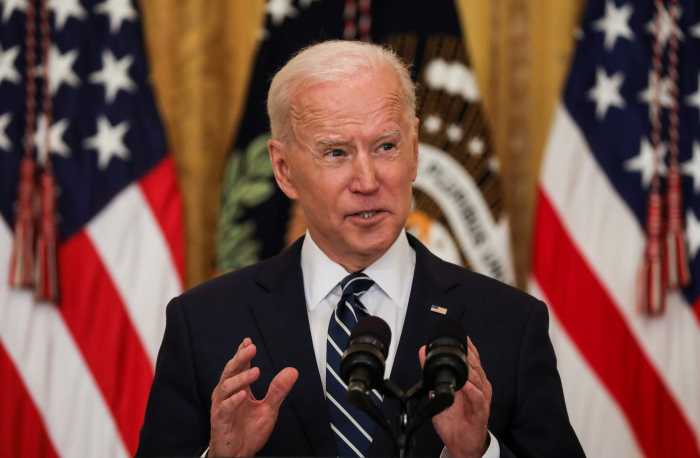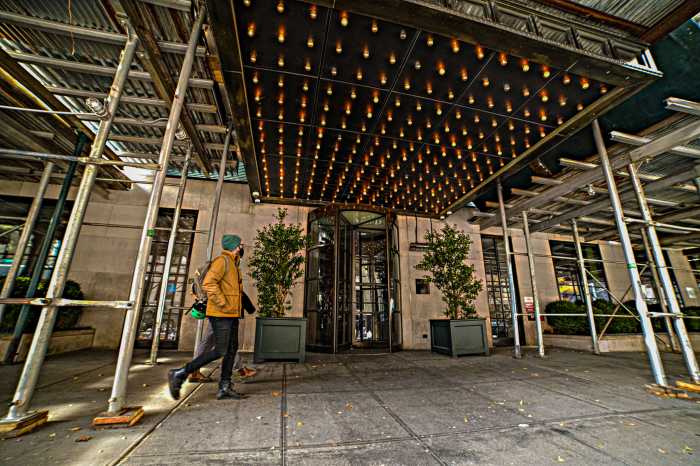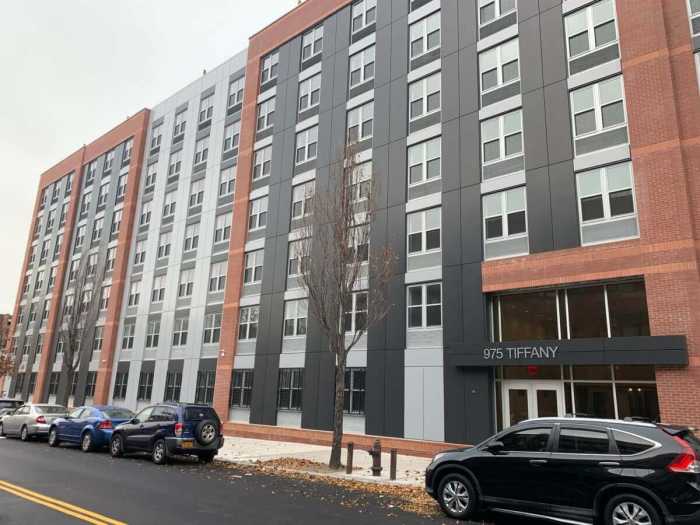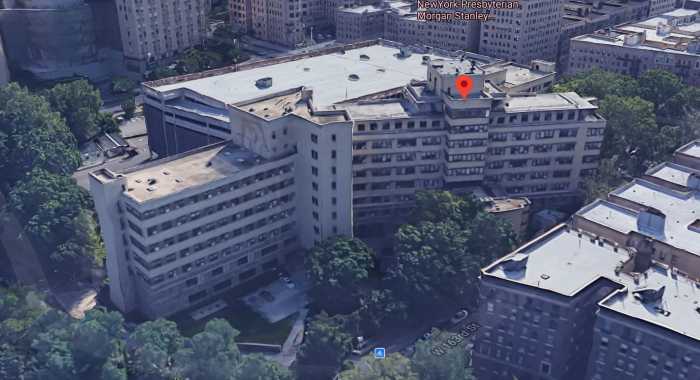The Bronx is hurting. Our borough was hit hardest by twin the public health and economic crises facing the city, with the city’s highest unemployment rate at 17 percent and accounting for the majority of the eviction notices – even as residents have suffered disproportionately from the virus itself.
While it may seem bleak now, the good news is that the Bronx is resilient and there are clear things the city can do to help us recover. Rebuilding the Bronx will not be easy, but it can be done.
The solution starts with housing, and when we elect the next mayor of the city, we have an opportunity to choose the right leader who will prioritize the creation of affordable housing in the borough, which will create local jobs in the short- and long-term, ease the housing crisis, and lay the foundation for a better tomorrow. That is no less than what our residents deserve.
MBD Community Housing Corporation knows this well. We were founded when the Bronx was burning and have since built over 3,000 units of affordable housing for vulnerable residents and building communities. That is why we are proud to join with over 90 organizations in the United for Housing coalition, which created a plan that is bold enough to meet and overcome the challenges we are facing right now.
Most importantly, the plan understands that affordable housing is not just about brick-and-mortar construction but also a tool to overcome racism, promote economic development, improve health outcomes, and strengthen the environment. In other words, the policies in the plan would benefit everyone.
To see this in action, we need to only look down the street. At 425 Grand Concourse in the South Bronx, for example, we are not just creating 277 units of affordable housing for low- and moderate-income families. We are building a true community that will include a supermarket, charter school, and medical facility. And it is a model for future development: as the largest Passive Housing residential building in North America, it will reduce emissions and build a greener Bronx.
That is what the $4 billion in annual capital requested by the United for Housing plan, and promised by leading candidates, will mean in practice. The building is an example of how City Hall should think of housing: a tool to close long-standing inequities related to environmental, food, and health justice in communities of color.
The average 100-unit affordable housing development in New York generates hundreds of jobs and tens of millions of dollars in economic activity. And it is an investment in the future: every dollar the city spends on new construction will result in four dollars of state, federal and private spending. Better yet, it creates stable, long-term jobs in the building itself once it is erected – hardworking men and women who truly care for the residents they serve each day.
Housing is a blueprint for recovery, especially when mixed in with the resilient spirit of the Bronx. Households in the Boogie Down deserve elected officials who recognize the important role that housing investment can play in invigorating our community and our economy. Housing investment done right will do more than create homes; it will revitalize the Bronx and create a better future for its families.
Derrick Lovett is the President and CEO of MBD Community Housing Corp.




































